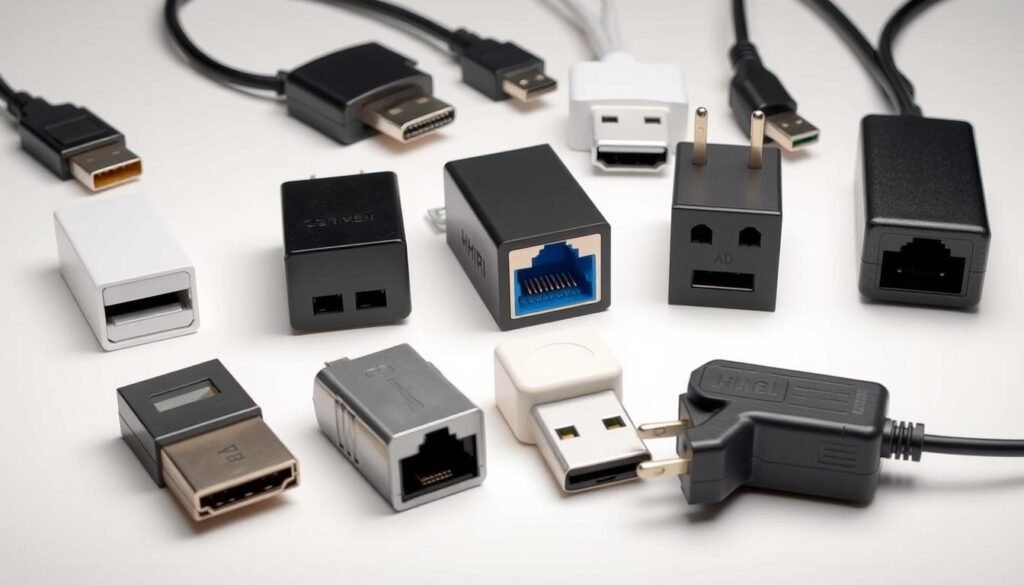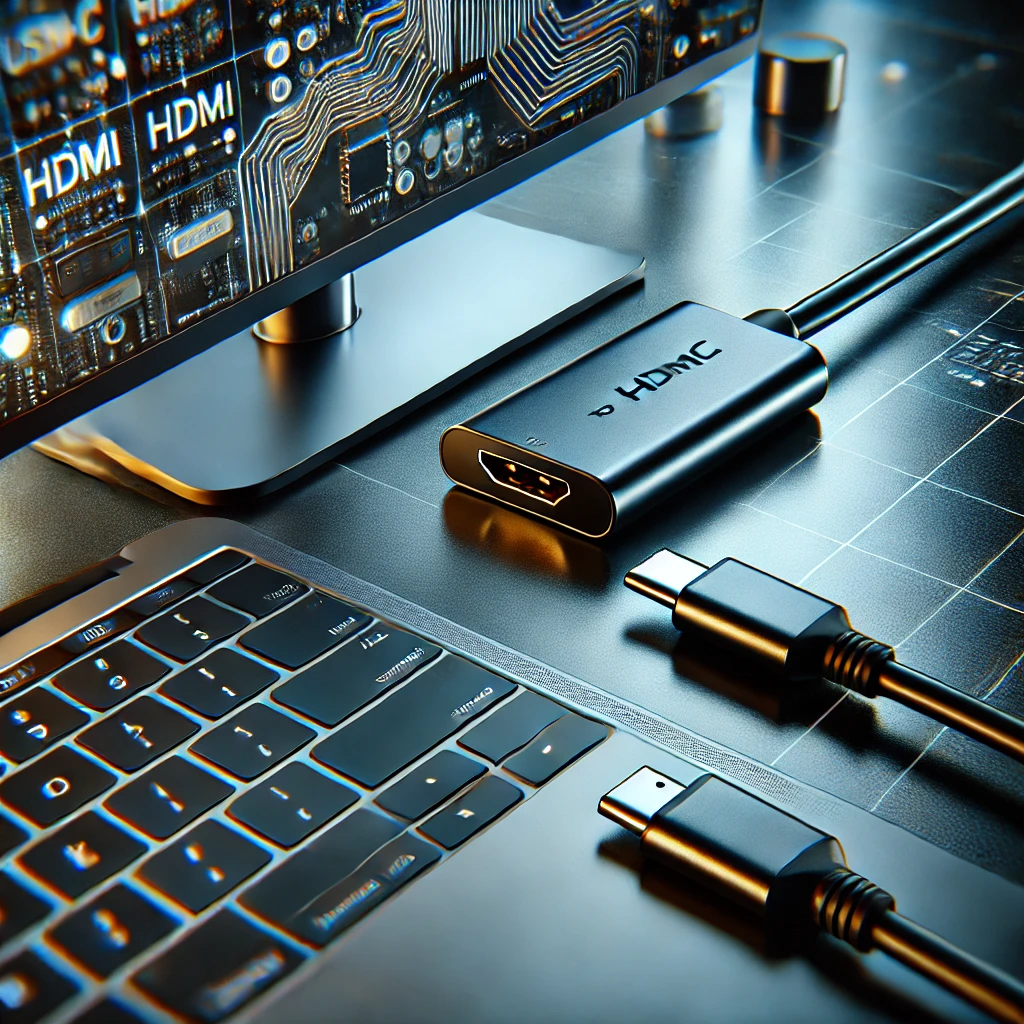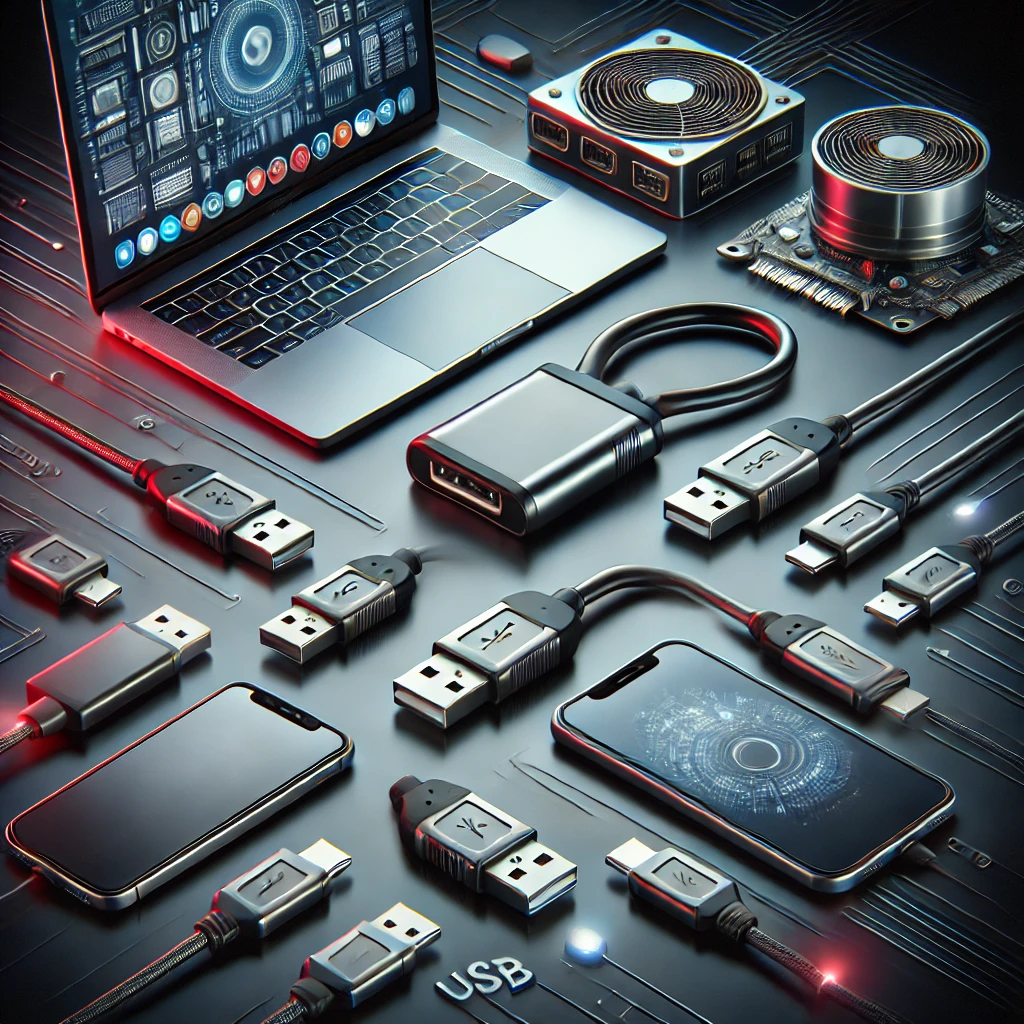Introduction
In today’s technology-driven world, adapters play a crucial role in ensuring that devices can communicate and function together, regardless of differing connection standards. From audio and video connections to power and data transfer, adapters are essential tools that enhance our digital experiences. However, to maximize their lifespan and performance, it’s important to understand how to use and maintain them properly. This article provides valuable tips on the proper use and maintenance of adapters to ensure optimal functionality.
Understanding Your Adapters
Before diving into tips and best practices, it’s essential to have a basic understanding of the types of adapters you may encounter:
1. Audio Adapters
- Convert audio signals between different formats (e.g., 3.5mm to RCA).
- Commonly used to connect headphones, speakers, and audio systems.
2. Video Adapters
- Facilitate connections between different video standards (e.g., HDMI to VGA).
- Used in settings such as presentations and home theaters.
3. Power Adapters
- Convert voltage levels to power various devices.
- Ensure devices receive the correct power supply to function safely.
4. Data Transfer Adapters
- Allow devices to communicate and transfer data (e.g., USB to Ethernet).
- Used in network setups and for connecting peripherals.
Tips for Proper Use of Adapters
1. Read the Instructions
Always read the manufacturer’s instructions before using an adapter. This will help you understand compatibility requirements, installation procedures, and any limitations. Following the guidelines can prevent damage to your devices and ensure a successful connection.
2. Check Compatibility
Before purchasing or using an adapter, verify that it is compatible with both the source and destination devices. Consider factors such as:
- Connector Types: Ensure you are using the correct type of connector (e.g., USB-A, USB-C, HDMI, VGA).
- Supported Standards: Confirm that the adapter supports the necessary standards for both devices.
- Power Requirements: Especially important for power adapters, ensure the adapter can provide the correct voltage and current for your devices.
3. Use High-Quality Adapters
Invest in high-quality adapters from reputable brands. Cheap or low-quality adapters may lead to poor performance, compatibility issues, or even damage to connected devices. Look for products that have certifications and positive user reviews.
4. Avoid Overexertion
When connecting or disconnecting adapters, do so gently to avoid putting undue stress on the ports or connectors. Forcing connections can lead to bent pins or damaged ports.
5. Keep Connections Clean
Dust and debris can accumulate in ports and connectors, leading to connectivity issues. Regularly inspect and clean connections using a soft, dry cloth. For stubborn dirt, a gentle brush can help remove buildup without causing damage.
6. Stay Updated with Technology Trends
As technology evolves, new standards and types of adapters emerge. Stay informed about the latest developments in connectivity technology to ensure that you’re using the best options available.
Maintenance Tips for Longevity
1. Store Properly
When not in use, store adapters in a cool, dry place to prevent damage. Avoid leaving them plugged in to devices for extended periods, as this can lead to wear and tear. Consider using cable organizers or pouches to keep them tidy and protected.
2. Inspect Regularly
Periodically check your adapters for signs of wear, such as frayed cables, bent connectors, or loose connections. If you notice any damage, it may be time to replace the adapter to prevent potential issues.
3. Avoid Excessive Bending
When using adapters, avoid bending the cables at sharp angles. This can lead to internal damage over time. Instead, ensure cables are laid flat and have some slack to prevent stress on the connectors.
4. Use Appropriate Cables
Match the cables to the adapter for optimal performance. For example, using a high-speed HDMI cable with an HDMI adapter can improve video quality. Using the wrong type of cable can result in data transfer errors or signal degradation.
5. Update Firmware and Drivers
For adapters that require software (such as USB network adapters), ensure that your device’s firmware and drivers are up to date. This can enhance compatibility and performance, ensuring a smooth user experience.
6. Consider the Environment
When using adapters, be mindful of the environment in which they are placed. Avoid exposing them to extreme temperatures, humidity, or physical stress, as these factors can lead to premature wear and tear.
Troubleshooting Common Issues
If you encounter problems while using adapters, consider these troubleshooting tips:
- Check Connections: Ensure all cables and adapters are securely connected and plugged in correctly.
- Test with Different Devices: If a device isn’t recognizing the adapter, try it with a different device to determine if the issue is with the adapter or the original device.
- Review Device Settings: For video adapters, check the display settings on your device to ensure the correct output is selected.
Common Adapter Scenarios
Understanding how to navigate various adapter scenarios can further enhance your mastery of adapters:
1. Connecting to Legacy Devices
- When connecting older devices to modern equipment, such as using a VGA to HDMI adapter for a projector, ensure you follow the correct setup and settings for optimal performance.
2. Multi-Device Setups
- In a multi-device environment (like a home theater), consider using HDMI switches or USB hubs to manage multiple connections efficiently.
3. Travel Considerations
- If you’re traveling, invest in compact, versatile adapters to accommodate different connection types. Multi-port USB chargers can also simplify power management on the go.
Conclusion
Adapters are vital components of modern technology, enabling seamless connectivity across various devices. By mastering their proper use and maintenance, you can enhance their performance and longevity, ensuring a reliable digital experience. Always remember to check compatibility, invest in quality products, and follow best practices to keep your adapters functioning optimally. If you have additional tips or experiences related to adapter usage, feel free to share in the comments below!
Resources for Further Learning
- YouTube Tutorials: Look for video guides on specific types of adapters and their uses.
- Electronics Forums: Join communities to discuss and share insights on adapters and connectivity solutions.
- Books on Technology: Consider reading literature that delves deeper into technology and electronics for a more comprehensive understanding.
FAQs About Adapters
- How do I know if an adapter is compatible with my device?
- Check the specifications of both the adapter and your device, focusing on connector types and supported standards.
2. Can I use a power adapter from one device on another?
- Only use power adapters specifically designed for your device’s voltage and amperage requirements. Using the wrong adapter can damage your device.
3. What should I do if my adapter isn’t working?
- Check all connections, ensure compatibility, and test the adapter with another device to determine if the issue lies with the adapter or the device itself.
Related Articles:
- Mastering Adapters: Tips for Proper Use and Maintenance
- Adapters 2.0: Navigating the Future of Connectivity
- Decoding Adapter Jargon: A Beginner’s Guide to Adapter Terminology
- Navigating the Adapter Maze: Tips for Choosing the Perfect Fit
- Demystifying Adapters: Debunking Common Misconceptions
- Unlocking Possibilities: The Advantages of Adapters in the Tech World
- Decoding the Magic: How Adapters Make Tech Speak the Same Language
- Adapters Through the Ages: A Journey from Analog to Digital
- Adapters Through the Ages: A Journey of Technological Evolution
- Adapters: The Unsung Heroes of Connectivity



